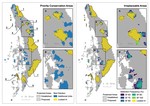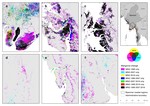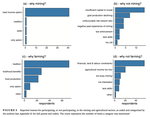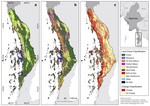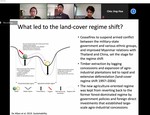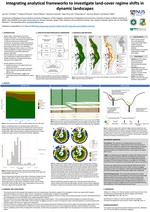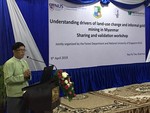Reconciling Agricultural Expansion and Forest Conservation in Myanmar.
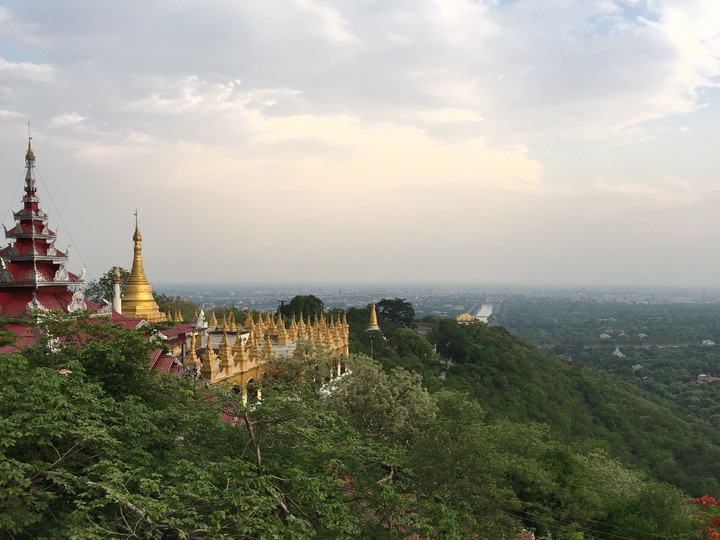 Mandalay, Myanmar, 2016 © Don De Alban
Mandalay, Myanmar, 2016 © Don De Alban
RECONCILING AGRICULTURAL EXPANSION AND FOREST CONSERVATION IN THE NEW MYANMAR (2016-2019).
Myanmar’s rapid socio-economic transition presents a unique opportunity to study the influence of economic development on biodiversity conservation in the context of governance transformation. The overarching objective of this project is to understand and evaluate the drivers of land use change and deforestation in Myanmar, and to increase the resilience of protected areas to protect biodiversity in the face of rapid new pressures imposed by increased foreign direct investment. This project intends to combine local case studies, geospatial modelling tools, and policy analyses to inform the fluid policy context of Myanmar and generate novel insights for long-term conservation and management of biodiversity by improving land use planning, protected area management, and improving policy tools for environmental safeguarding. A spatially-explicit, hierarchical approach to this problem is pursued through the following three inter-related objectives:
Broad, country-wide analysis to evaluate land-use change scenarios based on present and future agricultural productivity, commodity prices and forest rents. This objective is done by generating top-down, macro-economic land rent models that utilize national and global-level data and creating scenarios based on expected future economic opportunities.
Local, case-study analysis to understand how individual actors might behave when given new agricultural opportunities associated with increased investment. This objective is achieved by developing bottom-up agent-based models integrating local perception data, to predict areas most vulnerable to deforestation and land use change surrounding a subset of priority protected areas.
Develop policy recommendations that reconcile increased international investment, new opportunities for livelihood improvement through agricultural expansion and intensification, with biodiversity conservation in Myanmar. This objective includes the conduct of scenario analyses of the models constructed for 1) and 2) above, based on present conditions and potential policy options. This should lead to science-based policy recommendations related to infrastructure investment, agricultural expansion, protected area conservation and environmental safeguards based on realistic scenarios going forward.




